Some thirty-five miles or, traveling NE from Inverness along A96, lies Burghead. The road leads from Inverness past Culloden and Nairn, Forres and Kinloss. There, on a promontory that juts out into the Moray Firth, sits the town of Burghead. Built at the start of the 1800’s, the town was built over the site of an old Pictish hill fort – much of which was destroyed when then town was built. The town is largely a fishing village.
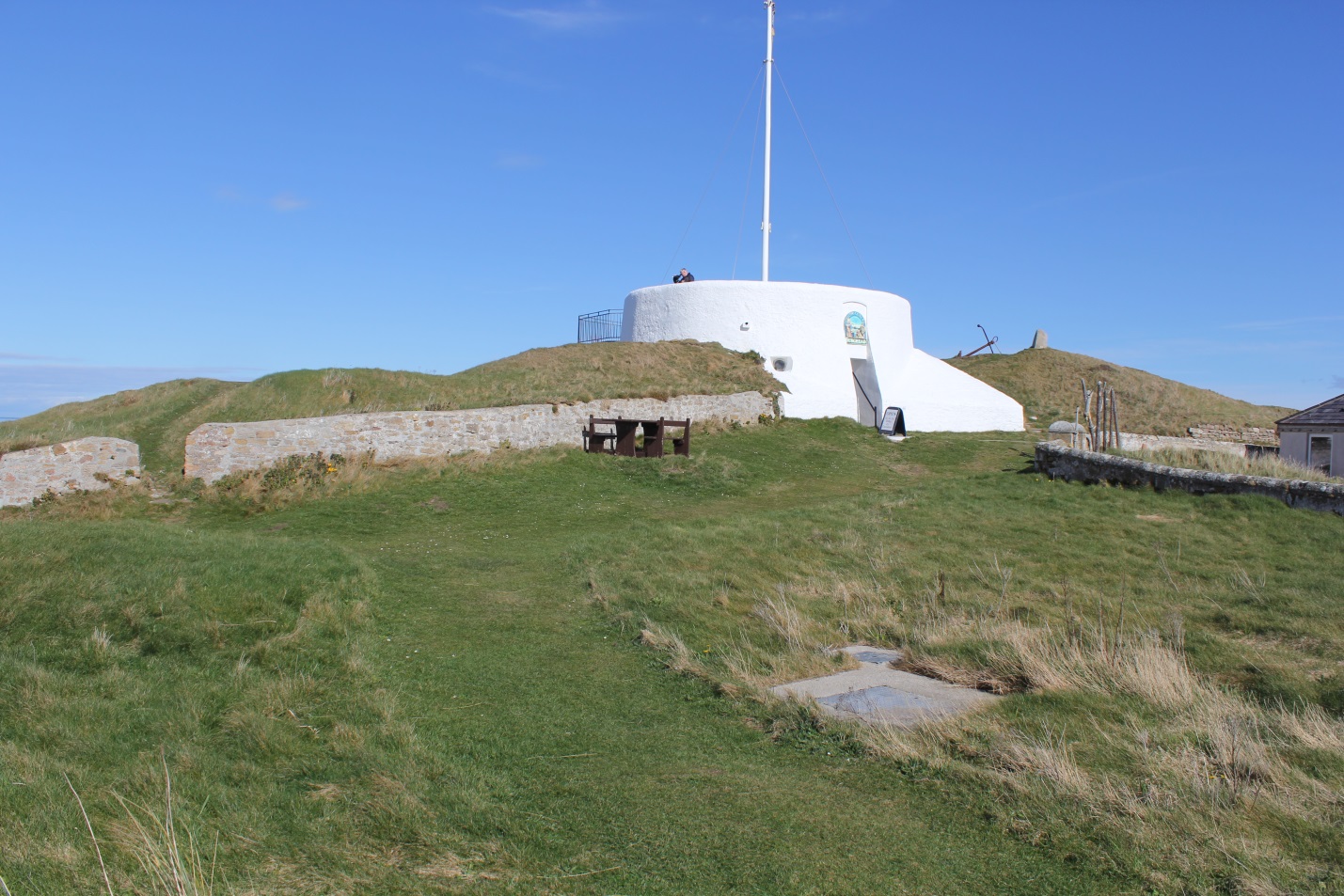
BURGHEAD
Closer than Inverness, is Elgin, which lies about 8 miles southeast of Burghead.
The Pictish presence is well known in the area, as is the practice of the “burning of the clavie” which occurs on January 11th – New Year’s (or Hogmanay when the Julian calendar was replaced by the Gregorian one). The “clavie” a barrel cut short and filled with wood and tar and set alight. The flaming clavie is carried around the town and the ashes and embers from it are considered good luck. It also is thought to bring good fortune to the boats that leave from this town. This fire ceremony reported dates to the 17th century but may be centuries older. It was condemned by the clergy in the late 1680s as blessing the boats and worshiping it in the old heathen custom.
Of interest to many will be the archaeological artifacts found at the site when the National Museums of Scotland excavated there. Not only were Pictish materials found, but also materials from Rome and possibly the Baltic region.
Pictish stone carvings are in evidence and the “Burghead Bulls” are well known.

Burghead Bulls
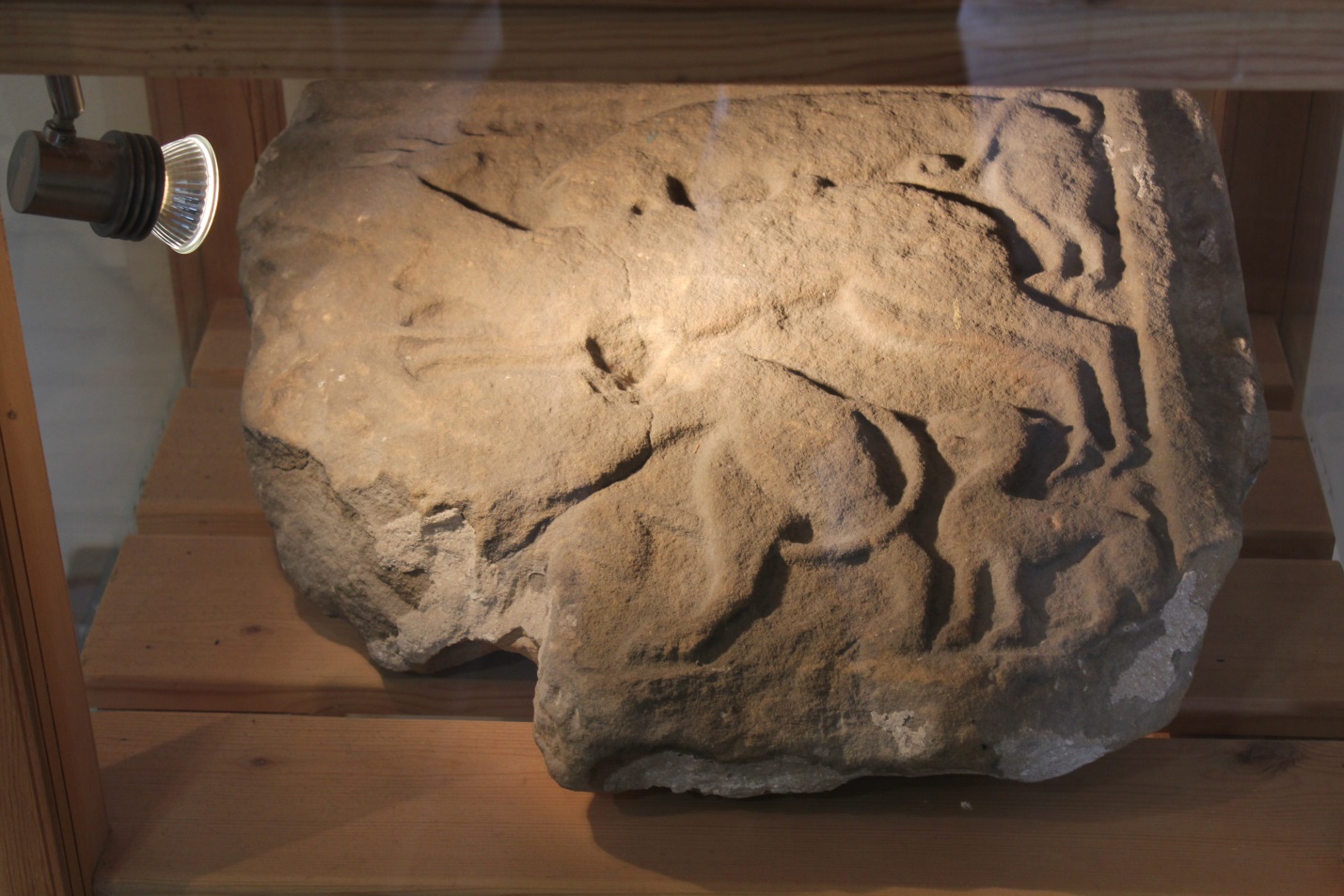
Burghead Bulls
The promontory has a small exhibit center and some spectacular views of the Moray Firth:
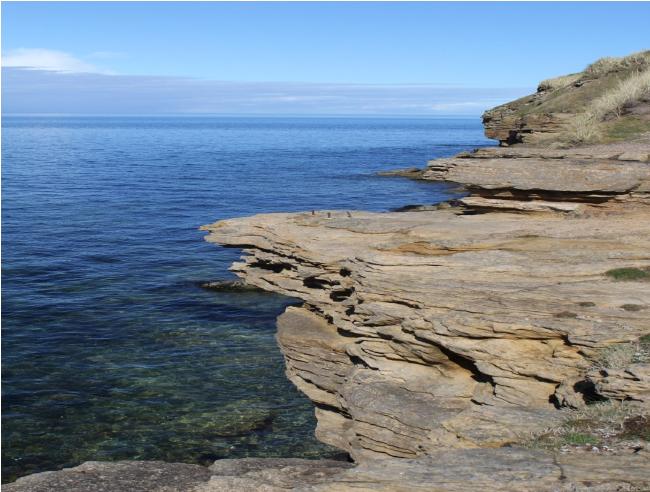
promontory
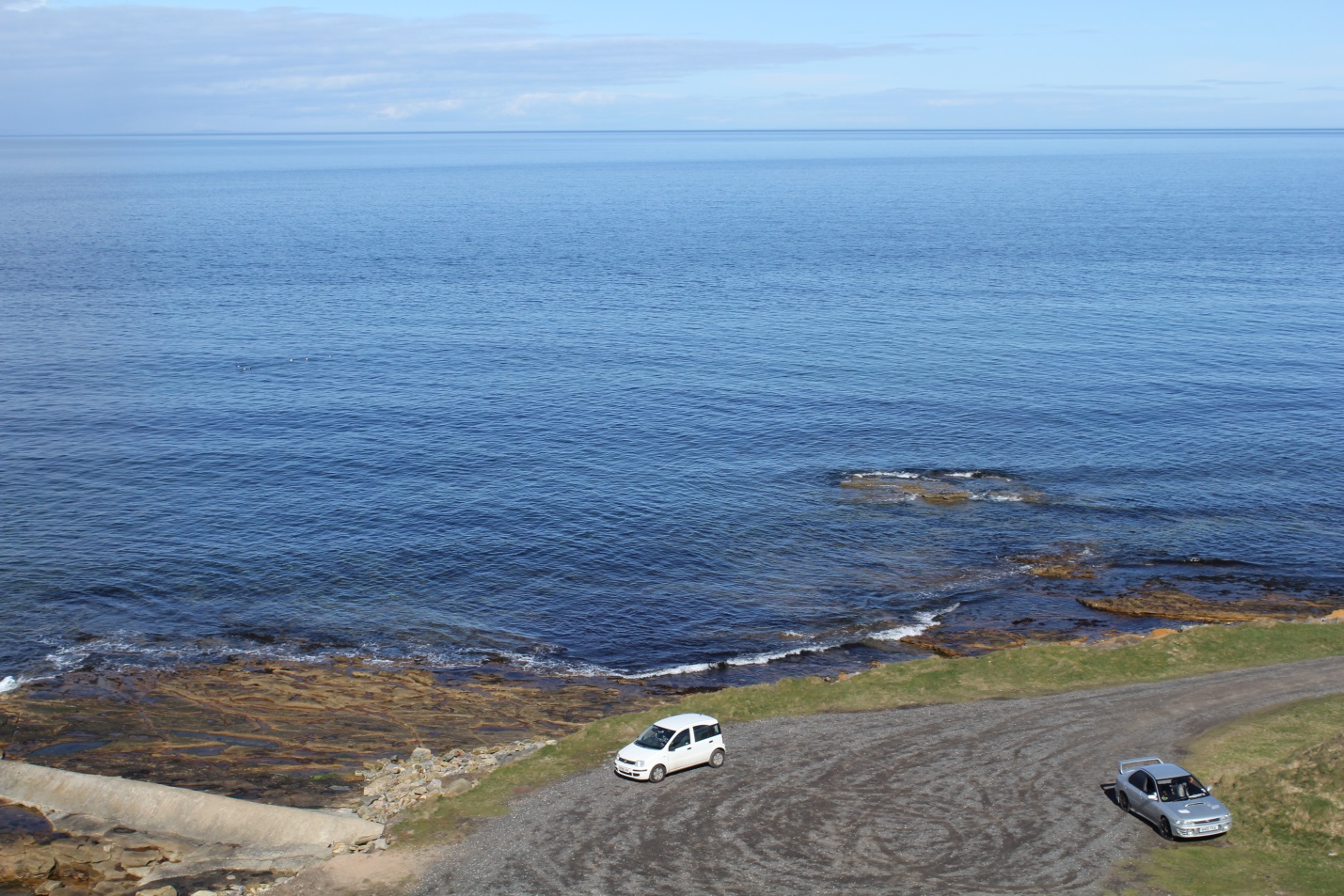
promontory
Like many villages where the inhabitants maintain a close relationship with the sea, there is a stone dedicated to those who have lost their lives on it.
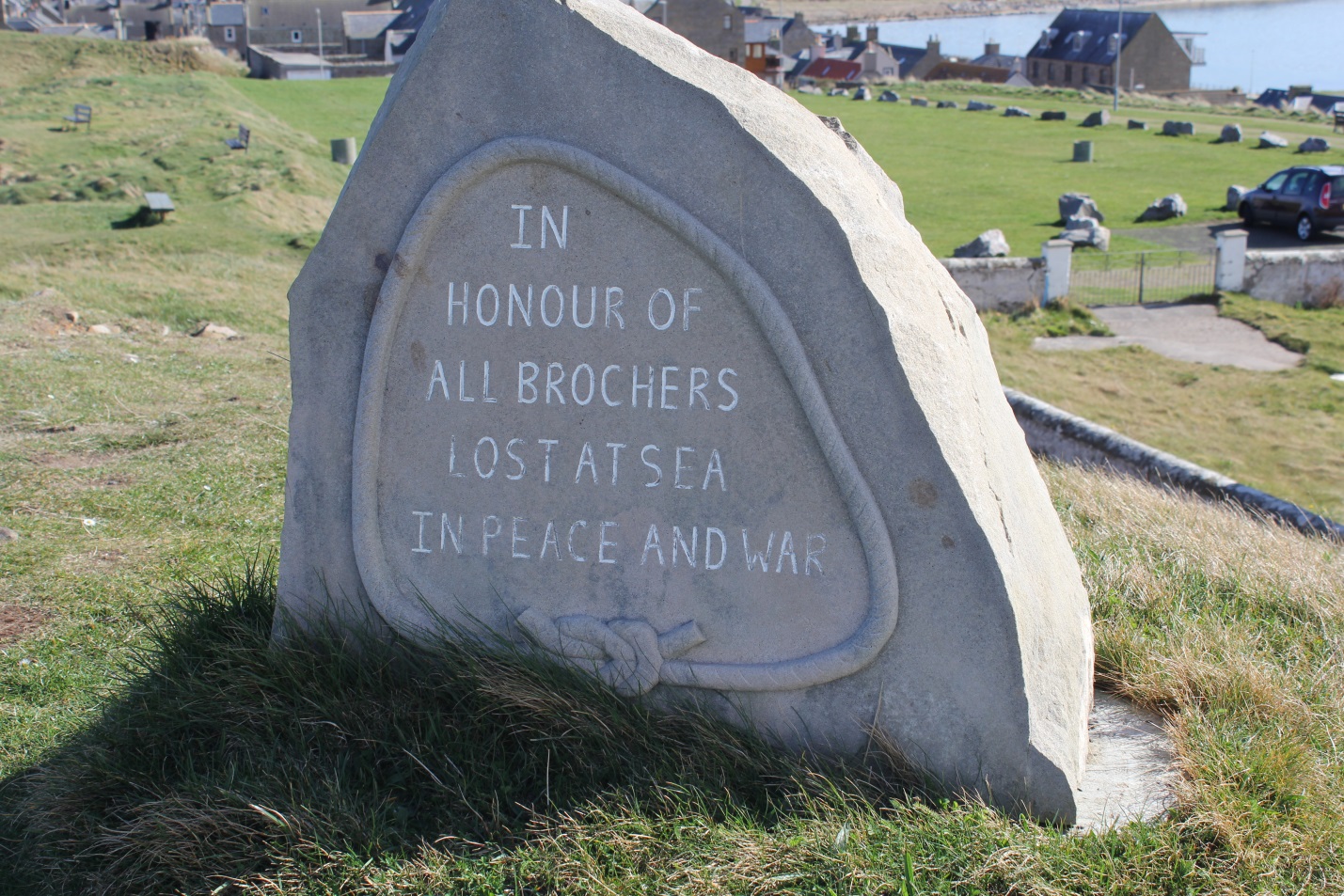
dedication stone